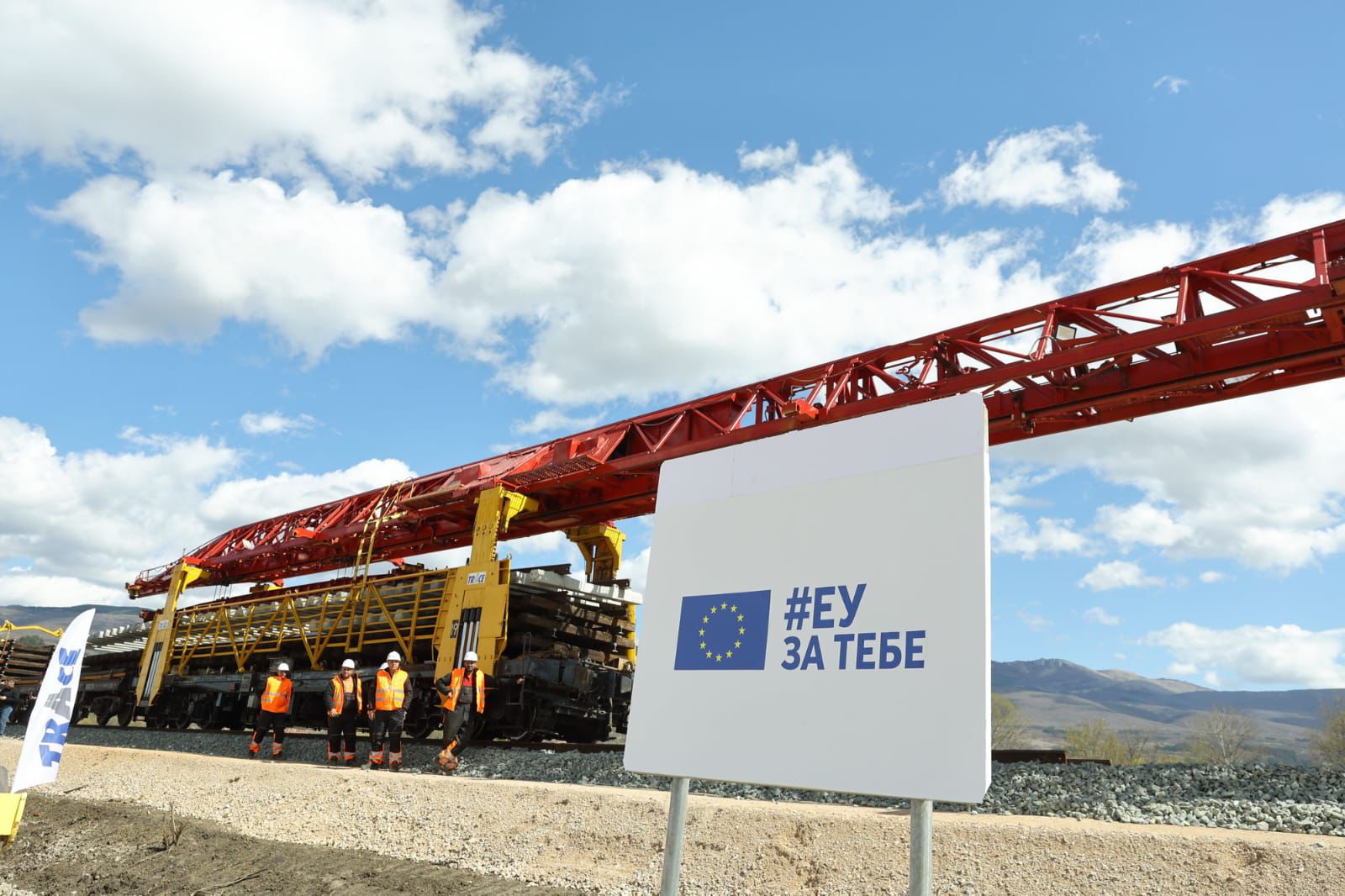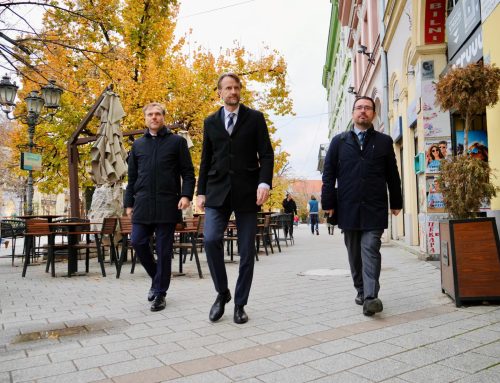Serbia’s Southeast is set to benefit from a fast and reliable railroad, offering people a better, safer, and greener connection. This improved link will extend further into Bulgaria, strengthening Serbia’s connection with an EU country. The modernisation of this bustling cargo line is expected to drive economic development both regionally and nationally.
President of Serbia, Aleksandar Vučić, and the EU Ambassador to the Republic of Serbia, Emanuele Giaufret, visited the works on the railway line Niš – Dimitrovgrad reconstruction.
The overall modernisation of the almost 104 km long Niš – Dimitrovgrad railway line includes the reconstruction and modernisation of the existing, not-electrified single-track railway line from Sićevo to Dimitrovgrad. It also entails the construction of the North rail bypass around the City of Niš as well as the electrification and signalling of both the existing railway line from Sićevo to Dimitrovgrad and the Niš bypass. The project will not only improve the railway traffic from the City of Niš to the border with Bulgaria, but due to the newly introduced bypass take the trains out of the city centre of Niš and thus contribute to the facilitation of traffic in the urban area of the City of Niš.
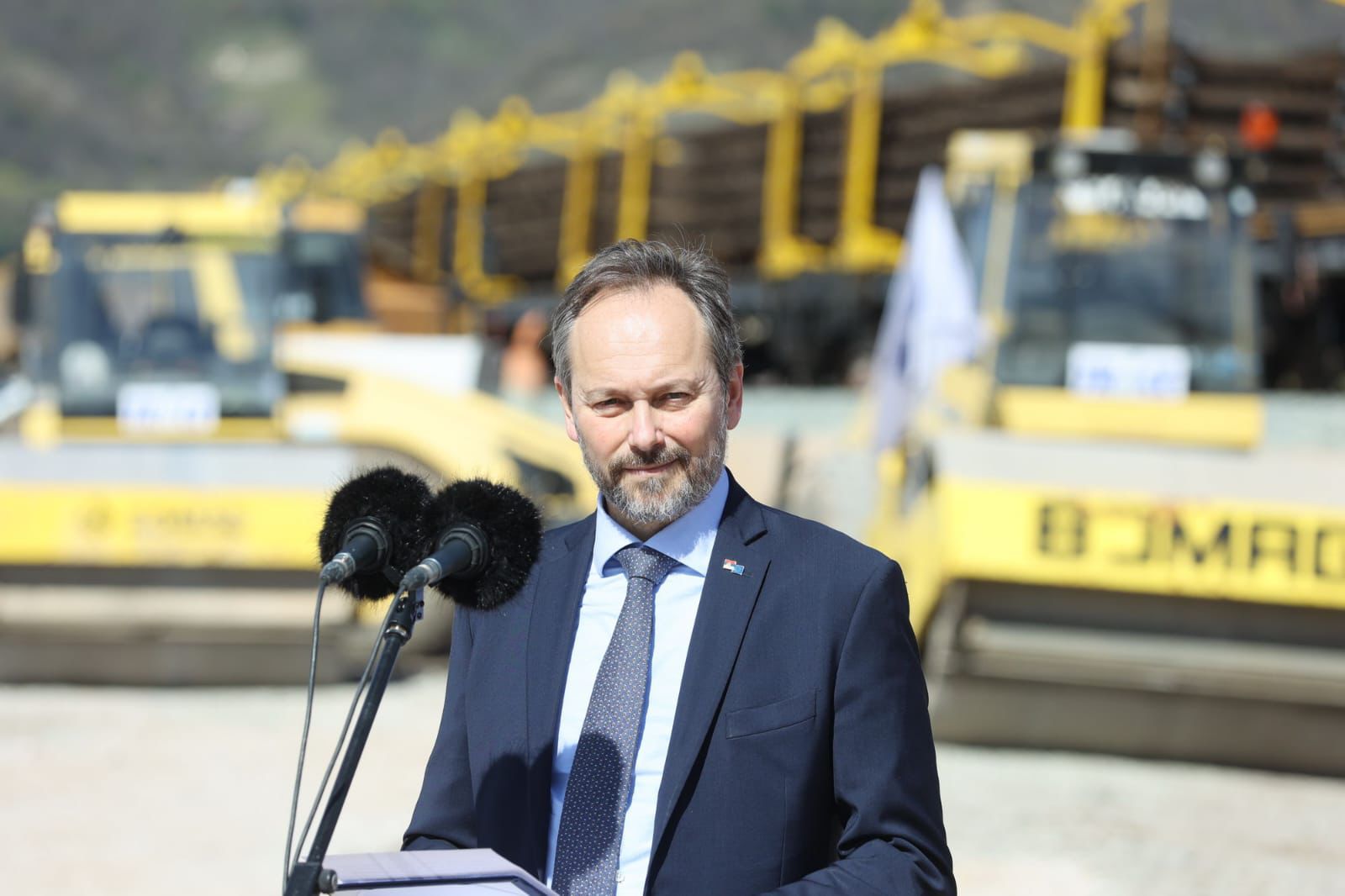
“Free flow of goods, services and people is what the EU is built on. We see this project putting Serbia further on the European track. Connecting Niš better with Dimitrovgrad and beyond, to Sofia, through modernised and safer railways is meant to additionally contribute to regional development and to increase the competitiveness of this beautiful South-East Serbia region. People will be travelling faster, safer and greener”, said Ambassador Giaufret.
Improved infrastructure will enable an increase of speeds from a current average of 50 km/h to up to 120km/h and positively impact travelling habits by increasing the annual number of passengers from around 170.000 to some 550.000, as well as total freight transport from 3.2 to around 6.2 million tonnes a year.
“Today is a big day because people will be able to hear and see what we are doing here. Just as it was unthinkable to build a highway to the Bulgarian border, and today everyone uses this road, people quickly get used to it. Today I would like to especially thank Ambassador Giaufret, European Commission President Ursula von der Leyen and the European Union. Those people gave us a huge sum. We couldn’t do this without them and I want people to know that. This means huge changes for our country. This money that we received in grants for these projects is something exceptional”, said President Vučić.
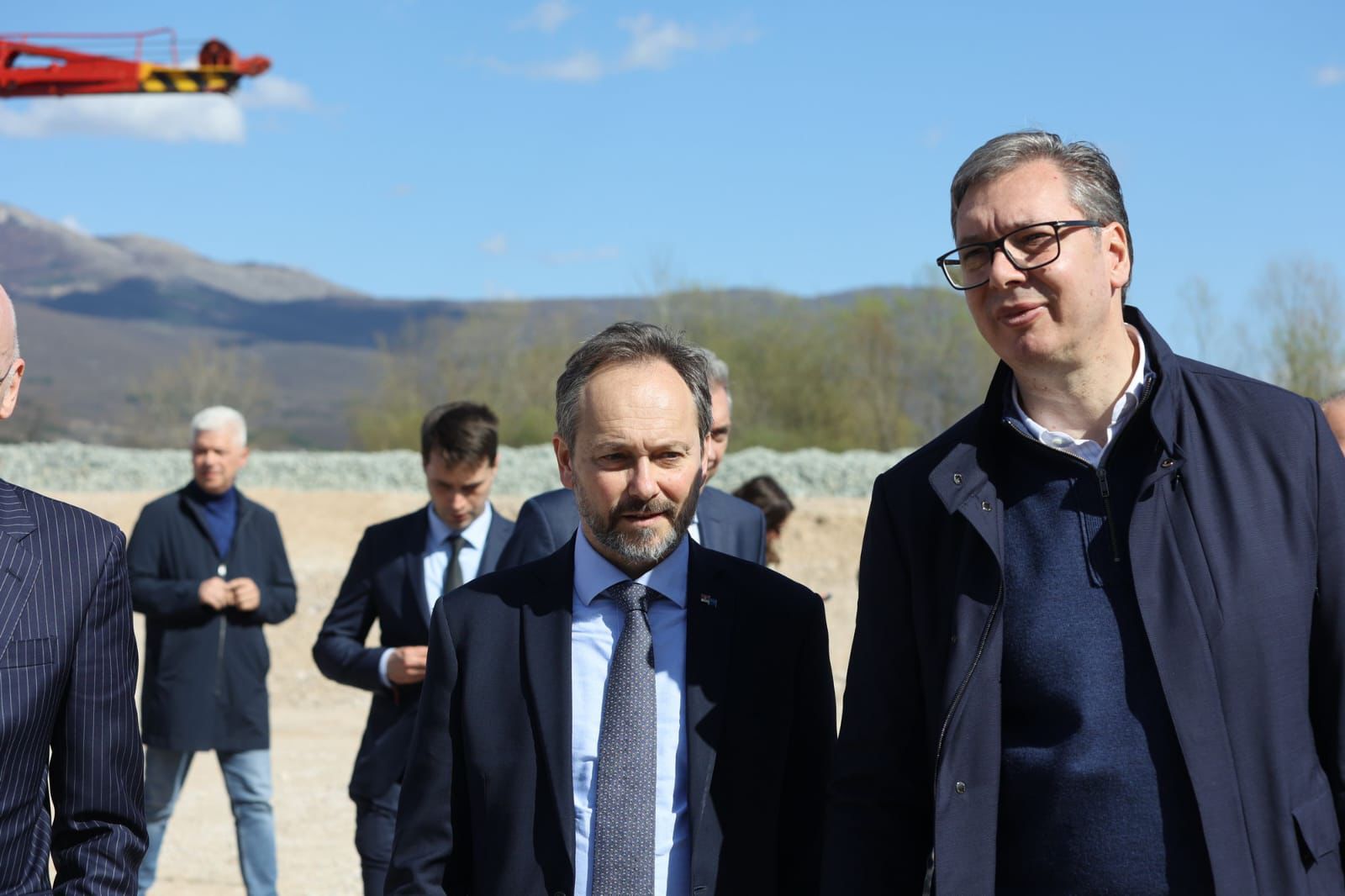
The visit was also attended by the Minister of Construction, Transport, and Infrastructure, Goran Vesić; the Minister of European Integration, Tanja Miščević; the Ambassador of the Republic of Italy, Luka Gori; the Ambassador of the Republic of Bulgaria, Petko Dojkov; representatives of Serbian Railway public companies; representatives of ‘Trace Group Hold’; and representatives from the Pirot Administrative District.
The railway line will be modernised thanks to a project financed by the European Union (EUR 108.6 million grant funds) and the European Investment Bank (EUR 134 million loan).
The investment is part of the EU Economic and Investment Plan for the Western Balkans, being a key priority project contributing to sustainable transport and connectivity. As such, it also benefits from a €3.7 M technical assistance grant for the project preparation, as well as the €1.5 M grant, for the development of design for the construction of bypass around the City of Niš.
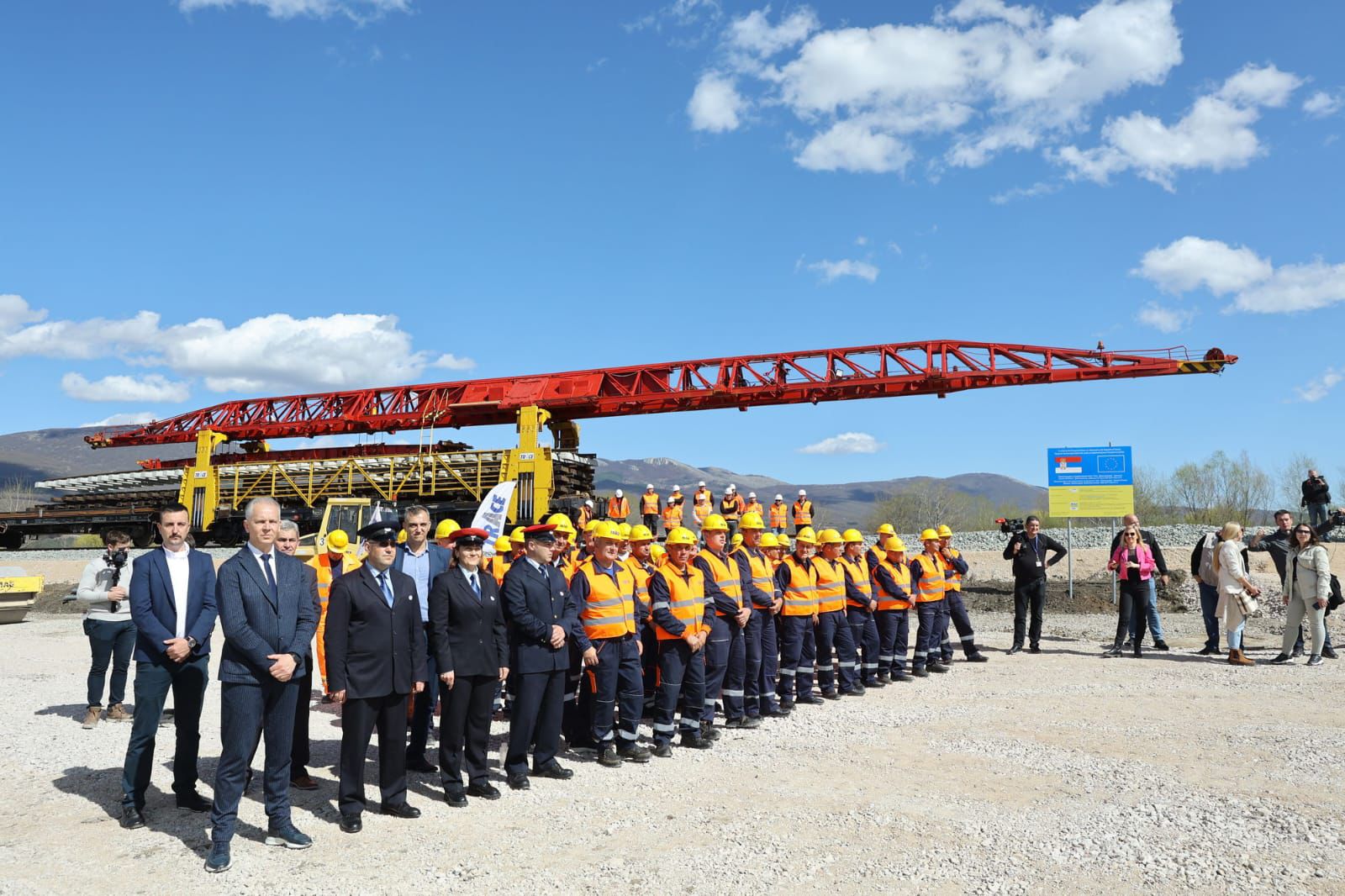
Modernisation of Serbian railway lines
The EU and Serbia are actively preparing investments in the value of nearly €5 billion for the modernisation of Serbian railway lines. Those include the modernisation of the Belgrade – Niš railway line, as the backbone of the Serbian railway network, Niš – Preševo (Skoplje), Belgrade – Šid (Zagreb), as well as Stalać – Kraljevo – Rudnica (Priština). The investments in railway infrastructure will enable, wherever possible and feasible fast train connections of up to 200 km/h, to improve safety and interoperability according to EU standards. These investments will facilitate a faster flow of goods and services, contributing to the speedy integration into the EU railway networks. Railway Corridor X is one of the pan-European corridors connecting Central Europe with Thessaloniki, Greece.

EU Support to Serbia’s Transport Sector
Projects funded by the EU and its bank the EIB have significantly contributed to the railway reform process, the introduction of modern and most cost-effective road transport infrastructure maintenance practices, and the introduction of a river information system to improve navigability on the inland waterways of Serbia. Since 2000, EU support to the transport sector in Serbia has reached more than €550 M in grants. In addition, more than €50 M of EU grants have been set aside for the preparation of strategic priority investments in the field of transport, with a total value exceeding €5 billion, which will be realised as a combination of EU grants and favourable loans in the future.
Read more:
From Belgrade to Niš in 100 minutes at up to 200 km/h
Innovation in Railway transport and railways in Serbia
First part of the Peace Highway open
More Information on EU Support for the Transport Sector of Serbia

